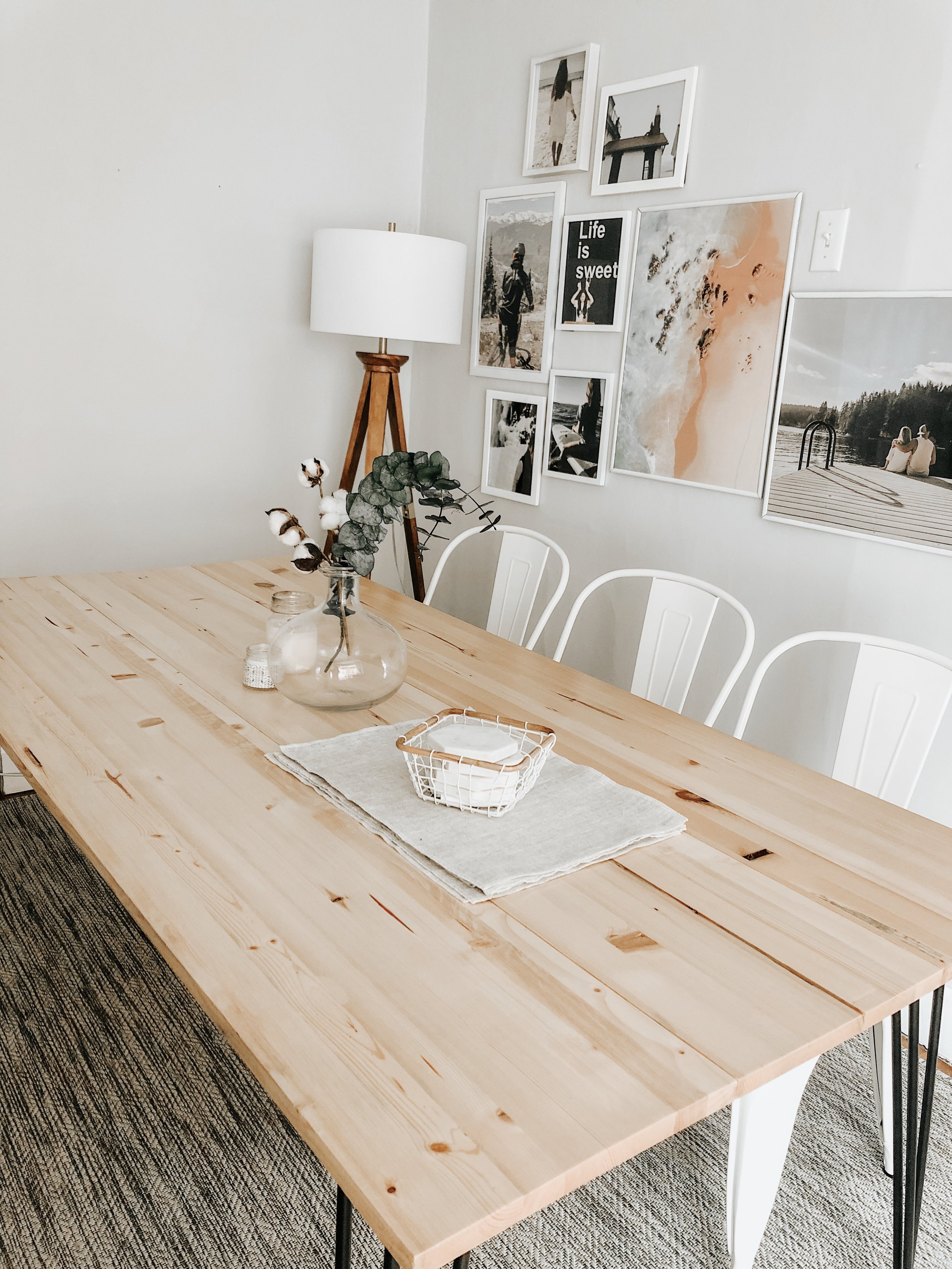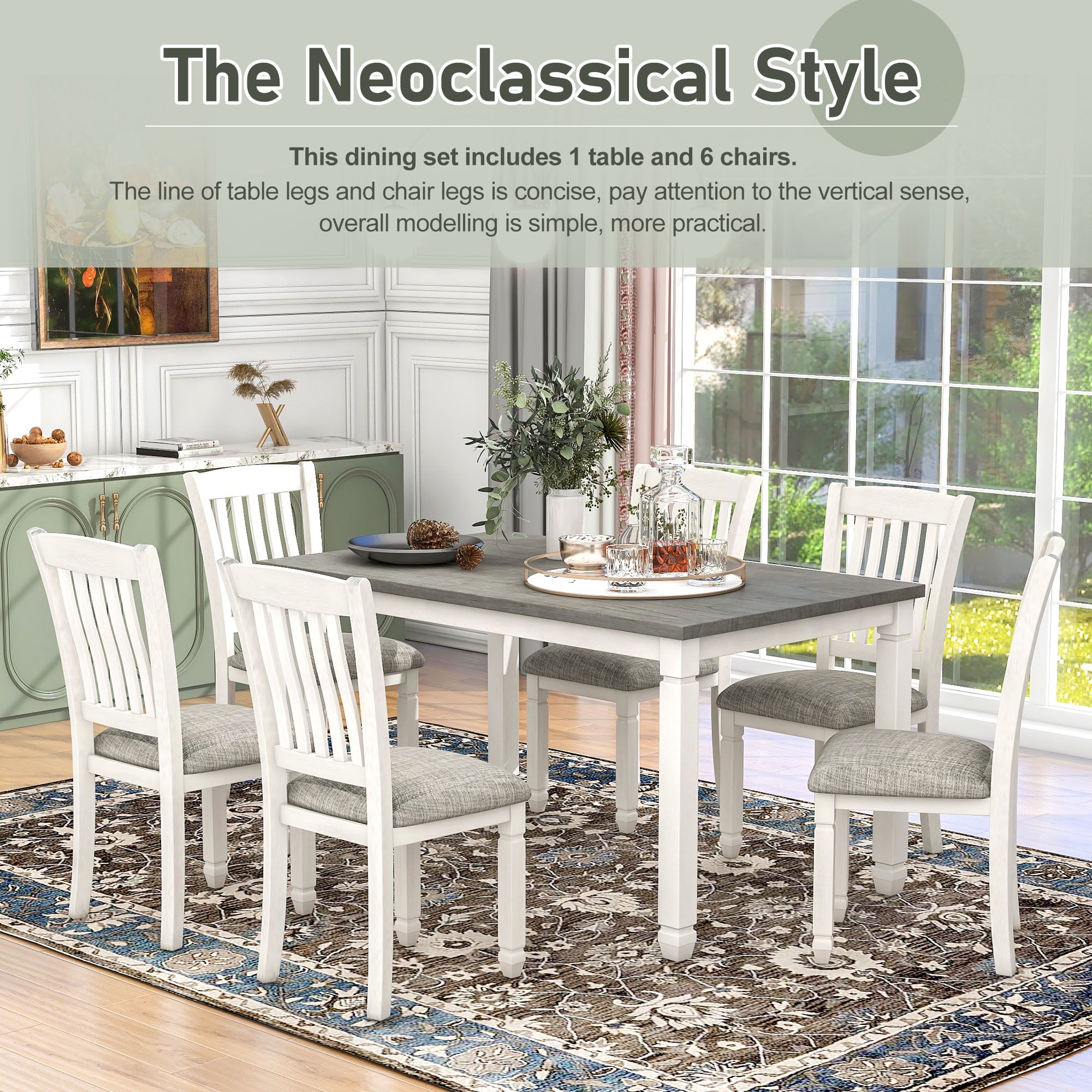The Best Materials for Durable and Elegant Dining Room Table Legs
The Best Materials for Durable and Elegant Dining Room Table Legs
Blog Article
From Conventional to Modern: Find the Perfect Eating Room Table Legs for Your Style
While timeless layouts such as cabriole and turned legs evoke a feeling of timeless sophistication, contemporary designs like barrette and geometric options offer an opportunity for striking visual rate of interest. As you think about these components, the inquiry stays: exactly how can you effortlessly integrate these diverse leg styles to develop a harmonious dining experience?
Comprehending Table Leg Styles
The range of dining area table leg styles can significantly influence both the aesthetic appeals and capability of the space. Each leg design adds unique aesthetic components and practical functions, satisfying varied style preferences and usage needs. Comprehending these designs is essential for selecting the best table that straightens with your general interior decoration vision.
For instance, tapered legs supply a tidy, timeless look that can boost a space's elegance, while pedestal bases supply security and make best use of legroom, making them ideal for smaller sized rooms. Hairpin legs, a trademark of mid-century modern style, introduce a commercial flair, enabling a ventilated, open feeling. Trestle legs evoke rustic beauty, supplying durable assistance and a sense of timelessness.
Additionally, the selection of products plays a significant role. Wood legs can bring warmth and structure, whereas metal options usually convey a smooth, modern vibe. Eventually, recognizing table leg designs is crucial for developing a natural dining area that mirrors individual design while guaranteeing practicality and comfort. By thoughtfully considering these components, you can enhance both the aesthetic and functional appeal of your dining area.
Conventional Table Leg Options
When choosing dining-room table legs, traditional options typically symbolize classic style and workmanship. These designs reflect an abundant heritage and a dedication to high quality, making them excellent for those that value timeless aesthetics.
Among one of the most famous typical leg designs is the cabriole leg, identified by its elegant bent form. This style commonly includes ornamental makings and is most frequently discovered in Queen Anne and Chippendale furniture. Another preferred alternative is the transformed leg, which boasts a series of smooth, rounded forms that provide a timeless appearance while keeping stability.
In addition, the straight leg, while straightforward, uses a basic and sturdy framework that can blend perfectly with a variety of tabletop styles. For those drawn to ornate outlining, claw-and-ball feet legs evoke a feeling of magnificence and can function as a sensational prime focus in any dining room.
Finally, pedestal bases, although not purely legs, supply an alternative conventional option that enables enough legroom and can be perfectly carved. Each of these conventional leg designs adds to the general ambiance of an eating area, marrying feature with aesthetic charm.

Modern Table Leg Designs
Modern table leg designs supply a varied array of designs that highlight cutting-edge products and tidy lines. These styles frequently prioritize functionality while offering as striking prime focus within an eating space. Minimalist aesthetics are prevalent, with legs crafted from products such as metal, glass, and engineered wood, which add to a modern and ventilated feel.
One preferred design is the barrette leg, identified by its slender, tapered framework that offers security without frustrating the tabletop (dining room table legs). This style is usually found in mid-century contemporary furnishings and can effortlessly complement different eating table shapes. Another fad is making use of geometric forms, where legs might take on angular or unbalanced forms, including aesthetic interest and a touch of creativity

Mixing Styles for One-of-a-kind Spaces
Typically, house owners look for to produce one-of-a-kind dining spaces that mirror their personal design by blending numerous style elements. This technique permits the unification of varied aesthetic appeals, resulting in a harmonious yet unique setting. For instance, coupling a rustic wooden table with streamlined, contemporary steel legs can produce an attractive comparison that elevates the space's overall charm.
In addition, integrating vintage table legs with modern table Check Out Your URL tops can evoke a feeling of background while maintaining a contemporary perceptiveness. Such combinations not only display specific taste however also motivate creative thinking, allowing property owners to curate a room that really feels both personal and welcoming.
Color plays a critical role in this blending procedure; picking table legs that complement or contrast with the existing color design can enhance visual rate of interest. Whitewashed legs can soften the daring of a dark table surface, creating a balanced visual.
Tips for Picking the Right Legs
Selecting the right table legs is vital for attaining both capability and aesthetic charm in your dining space. Begin by considering the general design of your space. Typical setups profit from legs that feature intricate carvings or turned designs, while contemporary spaces might require smooth, minimal designs.
Next, examine the elevation and stability of the legs. dining room table legs. Typical eating tables range between 28 to 30 inches in height, so make sure the legs enhance this measurement for comfort. Additionally, robust materials, such as wood or metal, can improve stability and longevity
Assess the leg shape as well-- options consist of right, tapered, or stand styles. Straight legs use a traditional look, while tapered legs can include a touch of beauty. Pedestal bases supply ample legroom and are ideal for smaller sized rooms.
Final Thought
In summary, selecting the perfect dining-room table legs calls for cautious consideration of both contemporary and conventional designs. Standard choices such as cabriole and turned visit site legs supply ageless elegance, while modern-day layouts like barrette and geometric shapes offer a contemporary touch. By harmonizing leg style, elevation, and material with the overall decor, a natural and welcoming environment can be achieved. Inevitably, the chosen table legs need to mirror the desired visual, enhancing the eating experience within the area.
The variety of eating room table leg designs can significantly affect both the visual appeals and capability of the area. Inevitably, understanding table leg designs is important for developing a cohesive dining location that mirrors personal style while ensuring usefulness and comfort.One of the most famous find out here typical leg styles is the cabriole leg, defined by its elegant curved form. Straight legs supply a classic appearance, while conical legs can add a touch of sophistication.In recap, selecting the excellent eating area table legs requires careful factor to consider of both typical and modern styles.
Report this page